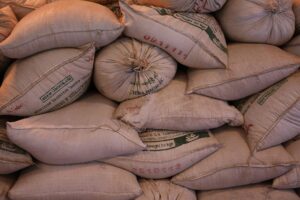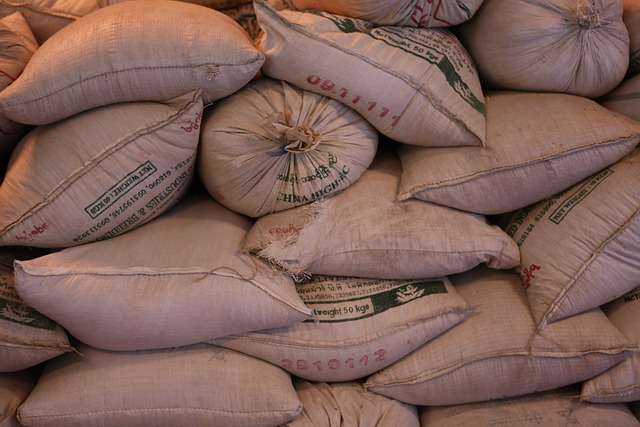-
BOC takes in P13 billion in rice import tariff in the first nine months of the year, exceeding the P10 billion minimum collection requirement for the rice competitiveness fund
-
Valuation of rice imports rose from an average of P18,178 per metric ton (MT) in January 2020 to P27,120 per MT in September 2020
-
From January to October 15, average valuation of rice increased by 6.5%, or P1,240 per MT.

The improvement in the Bureau of Customs (BOC) valuation system has led to higher tariff collections from rice imports even though volumes have fallen since the start of the year due to the COVID-19 pandemic, according to the Department of Finance (DOF).
BOC raised the tariffed value of the grain from an average of P18,178 per metric ton (MT) in January to P27,120 per MT in September. This has led to P13.08 billion in revenue for the first nine months of the year despite declining import volumes resulting from the pandemic-induced global economic slump.
Finance Secretary Carlos Dominguez III pointed out that valuation of rice imports has increased even as the peso strengthened in value against the dollar.
Customs Commissioner Rey Leonardo Guerrero, in a report during a recent DOF executive committee meeting, said this improvement in the tariff was the result of BOC paying particular attention to the classification, quantity, and weight of the imports whenever rice shipments came in.
Guerrero said that for the period January to October 15, the average valuation of rice has increased by 6.5%, or P1,240 per MT.
Guerrero said that from an average valuation of P18,178.86 per ton of rice in January, valuation rose to P18,753.82 per ton in March, to P20,503.07 in May, and to P27,120 in September.
“The collections are down because the import volumes are also down, but the average valuation—the value over volume—started to improve,” Guerrero said.
Guerrero said BOC collected in January P1.29 billion in duties from 223,279 MT of rice imports, which were valued at P4.058 billion based on an average valuation of P18,178.86 per MT. But in August the agency collected P1.19 billion from a much lower volume of 176,768 MT, which was valued at P3.55 billion because the average value for that month was pegged at a higher P20,100.54 per MT.
From January to September this year, BOC has already collected P13 billion in duties from 2 million MT of rice imports, overshooting the minimum amount of P10 billion earmarked annually for the Rice Competitiveness Enhancement Fund (RCEF) under Republic Act (RA) No. 11203 or the Rice Tariffication Law (RTL).
The P10-billion RCEF is meant to help palay growers and farmers’ cooperatives transition to a new rice regime.
Guerrero said the computerized valuation system used by the BOC is compliant with World Trade Organization standards.
Farmers and fisherfolk, as well as leaders in agriculture and even in local government, however, have complained about the low prices of their products due to massive importation. Rice farmers, in particular, have called on Congress to review and amend the RTL, blaming it for the steep drop in palay (unhusked rice) prices.
The Senate also earlier called on the Department of Agriculture and its attached agencies to stop issuing phytosanitary permits for the importation of rice and other food commodities before or during the harvest season to curb the continued drop in farmgate prices nationwide.
READ: DA asked to control imports of rice, other produce during harvest time
The price of palay has dropped by as much as P12 per kilo in some provinces even though the Philippine Statistics Authority reported that the average price of palay is P17 to P19 per kilogram.





